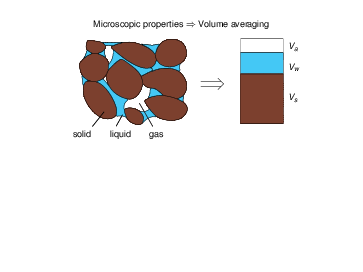Graz University of Technology (TU Graz) is funding the joint research project
“Mechanics, Modeling and Simulation of Aortic Dissection” as a Lead project of the university. A consortium of scientists from biomechanical-, civil-, electrical-, and mechanical engineering, computer science, mathematics, and physics has been formed to cooperate on refining the scientific profile of TU Graz. Aortic dissection (AD) is a defect of the aortic wall tissue with life-threatening consequential damage. The goal of the project is to develop computational tools and advanced algorithms, to simulate cardiovascular mechanics, and based on noninvasive medical images and novel data analysis techniques, to quantify patient-specific anatomical and fluid-structure interaction models for AD. The computational framework will be capable of investigating wall stresses, the hemodynamics, false lumen propagation, exchange of blood between true and false lumina, thrombus formation and growth, at any stage of the disease. This will help to better understand the mechanobiological event and to finally assist clinicians with the diagnosis, treatment and management of AD patients – computational results will be visualized by advanced virtual reality techniques.
The Institute of Applied Mechanics holds a PhD position with focus on the following area:
Thrombus formation and growth
In stage 5 of AD, the thrombosis may develop in the false lumen. This process changes the mechanical behavior of the whole system and needs to be considered. Mostly, the thrombus is classified in the literature as a porous material, i.e. as consisting of two phases. Either simple Biot type models, as found in soil mechanics for consolidation processes, or more sophisticated and more easily extendable two-phase models based on the Theory of Porous Media (TPM) for soft tissues is used.
The latter approach is adopted to model the thrombus in the false lumen of AD. The TPM is especially suited because in this theory a nonlinear geometric and material model is already available for soil mechanics and can be adjusted to model the behavior of the thrombus. The consistent continuum mechanical description allows to take only the necessary nonlinearities into account. An extension to a dynamic model is straight forward. The numerical realization is carried out by the FEM to study the behavior of the model also in complex geometries. The new and challenging part is the model for the thrombus growth.
The above shows the basic approach to model a thrombosis with several aspects bridging as well several scales. As mentioned above, the TPM is used to establish essentially a two phase model. This model is inherently a macroscopic model based on continuum mechanics. All effects on the different scales can be incorporated by special techniques like homogenization into such a model. This is the final goal. However to start, the TPM-based model will use only the macroscopic level and the growth of the thrombosis is modeled by a mass production term in the continuity equations. In principle the model established to describe the growth of a tumor is used as a starting point. The first step is to establish a sound two-phase model of the thrombus, and, as a next step, growth can be modeled. The effects studied on the micro level, i.e. the transport processes of sub-projects V and VI, is used in the first step to calibrate a phenomenological macroscopic model. This macroscopic approach will allow to compute 3D models of a false lumen. A direct coupling of the detailed model is then performed in a second step.

